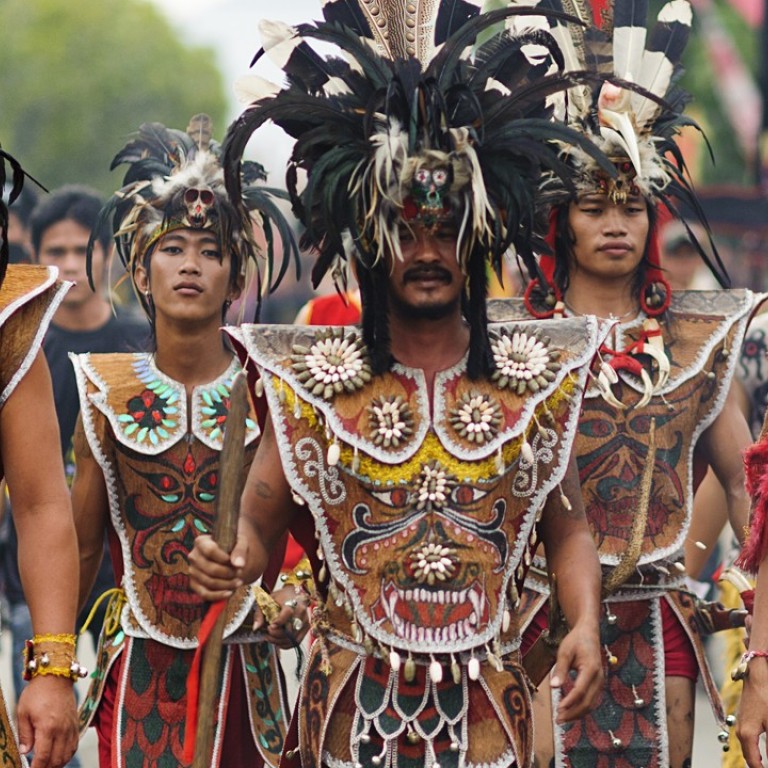
Review | The Last Wild Men of Borneo book review: Penan, Dayak tribes through the eyes of two very different Westerners
In The Last Wild Men of Borneo, Carl Hoffman tells the life stories of a Swiss adventurer and a US art dealer whose fascinations with indigenous tribes embody entirely different aspects of Western interest in native culture
The Last Wild Men of Borneo: A True Story of Death and Treasure
by Carl Hoffman
Published by William Morrow
3 stars
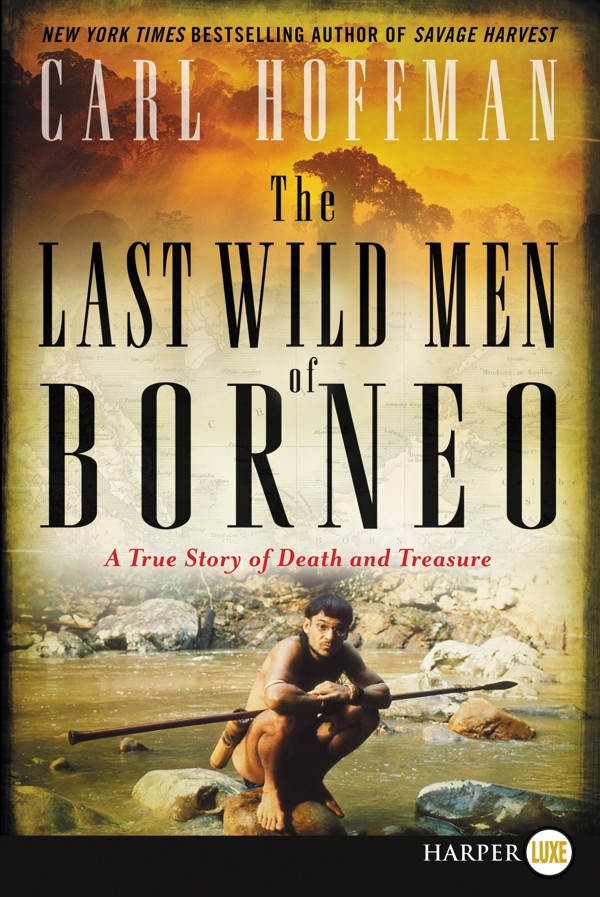
We may never know for sure who inspired the phrase “wild man of Borneo”. Some say it was a pair of dwarfs from Ohio who exhibited themselves in P.T. Barnum’s freak show. Others point to Oofty Goofty, the nom de guerre of a 19th-century San Francisco street performer whose shtick was to let people bash him on the head.
Carl Hoffman, who has borrowed the term for the title of his new book, leans toward genuine Borneans, the Dayak, who today are only a few generations removed from headhunting.
Story of Sea Shepherd’s epic high-seas hunt for poachers revealed in new book
Hoffman contrasts the Dayak with another indigenous group, the Penan, whose shyness and placidity have often allowed the Dayak to bully them. The Penan fascinated Hoffman’s dual protagonists: the late Bruno Manser, a Swiss adventurer and activist who became one of them; and Michael Palmieri, an American art dealer who coveted their carvings.
The two Westerners met only once, but Hoffman tells their life stories in alternating chapters because to him they embody different aspects of “a long and persistent Western fantasy: of the power, mojo, juju of native culture”.
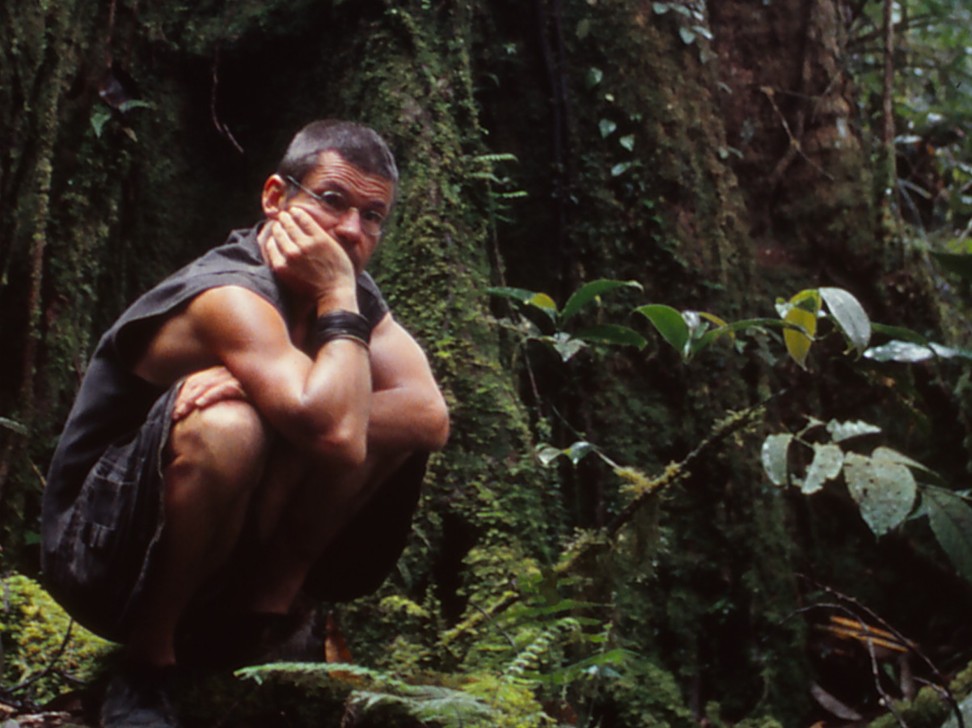
Hoffman, also the author of Savage Harvest – a gripping account of Michael Rockefeller’s disappearance in 1961 while seeking primitive art in New Guinea – has travelled extensively in Borneo. The island is the third largest in the world and the largest in Asia, and politically divided among three countries: Malaysia and Brunei in the north, and Indonesia to the south.
The author has read Manser’s voluminous journals and interviewed those who knew him. He has also befriended Palmieri. The result is a work of remarkable empathy, not only with the two hard-charging Westerners, but also with the indigenous people they cultivated.
Among the book’s highlights is Hoffman’s account of a gruelling 2016 trek he made with a Penan family who showed him how much athleticism and patience Manser must have drawn upon to go native as thoroughly as he did.

Manser grew up in Basel, Switzerland. As a young man he worked as a shepherd in the Swiss Alps, where he got used to solitude, studied nature and polished his climbing skills. One day, while researching nomadism in a library, he stumbled upon a photo of a Penan man captioned “A hunter-gatherer in the forests of Borneo.” It was Manser’s eureka moment.
He made it to Borneo in 1984 by wangling a berth on an expedition to explore the Mulu caves, now one of the island’s tourist attractions. At age 30, he finally made contact with the people he had been so eager to know.

Manser discovered that, for the Penan, home “wasn’t a house. It wasn’t a village or town. It was the forest as a whole. All of it.” Not long after Manser’s arrival, timber barons swaggered into Borneo, waving around permission slips to log at will. Despite not having been consulted, the Dayak tended to go along. Logging held out the promise of jobs and gadgets, and as Hoffman observes: “Dayaks were no different from any other people. They liked stuff.”
Indonesian tattooists revive tribal traditions by tapping into the past
But the Penan were different. Other than their blowpipes, stuff meant almost nothing to them. (Hoffman’s trip with that Penan family started with them blithely abandoning the hut in which they had been living and carrying off their few possessions on their backs.) But not until Manser broached the idea of resistance did the Penan overcome their ingrained passivity.
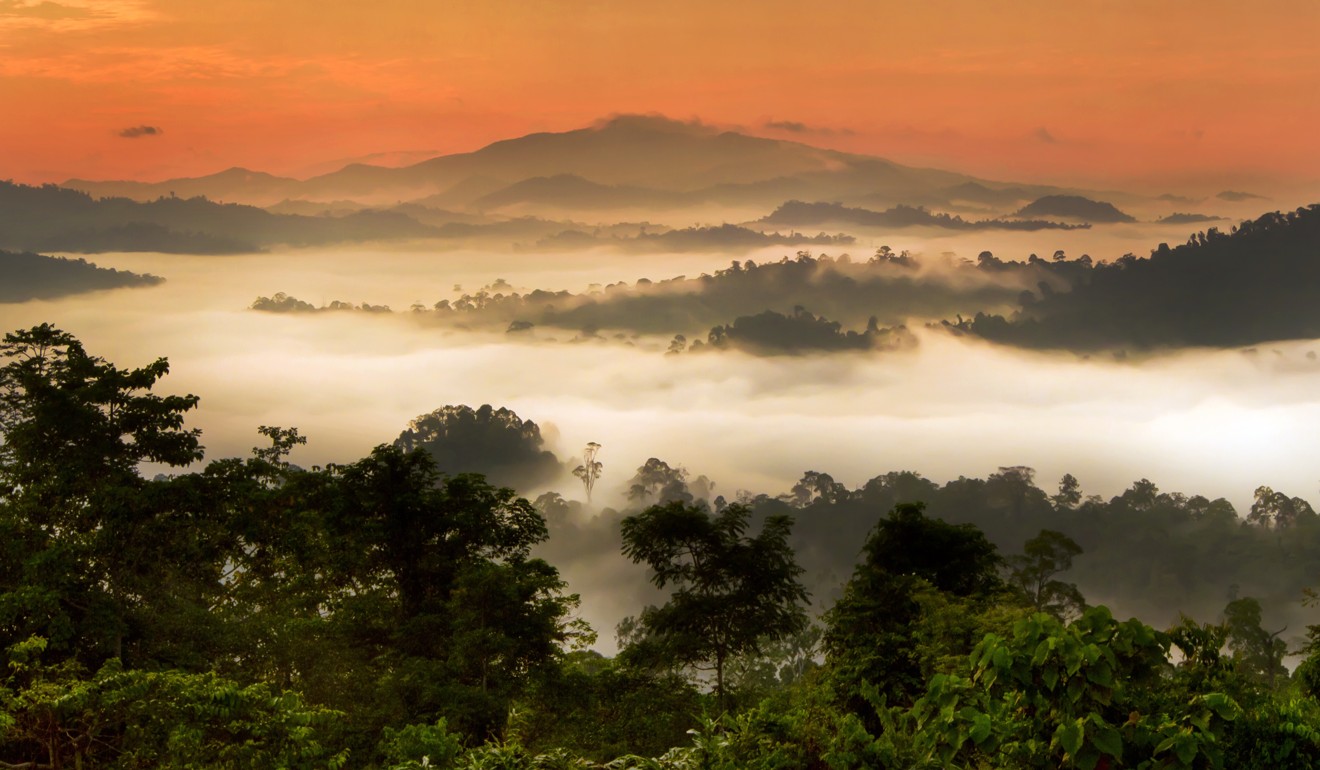
They set up blockades to keep out logging trucks – a campaign that shocked the Malaysian government, which has jurisdiction over the north of Borneo (Sarawak) and was unaccustomed to resistance from illiterate natives. At first the Penan sought compensation, but Manser convinced them that “nothing short of a total ban on logging was the solution”. He was now a wanted man, and Hoffman narrates his escapes from the government’s dragnets with gusto.
Readers familiar with the venality and callousness of recent Malaysian politics will not be surprised to learn that a total ban was out of the question. To the contrary, the rainforests once roamed by the Penan have been reduced to patches, and few, if any, of the promised roads, schools and other marks of progress have materialised.
His failure seemed to have dealt the mercurial Manser a destabilising blow; he looked back on what Hoffman calls a decade-long “whirlwind of energy that had yielded nothing”.
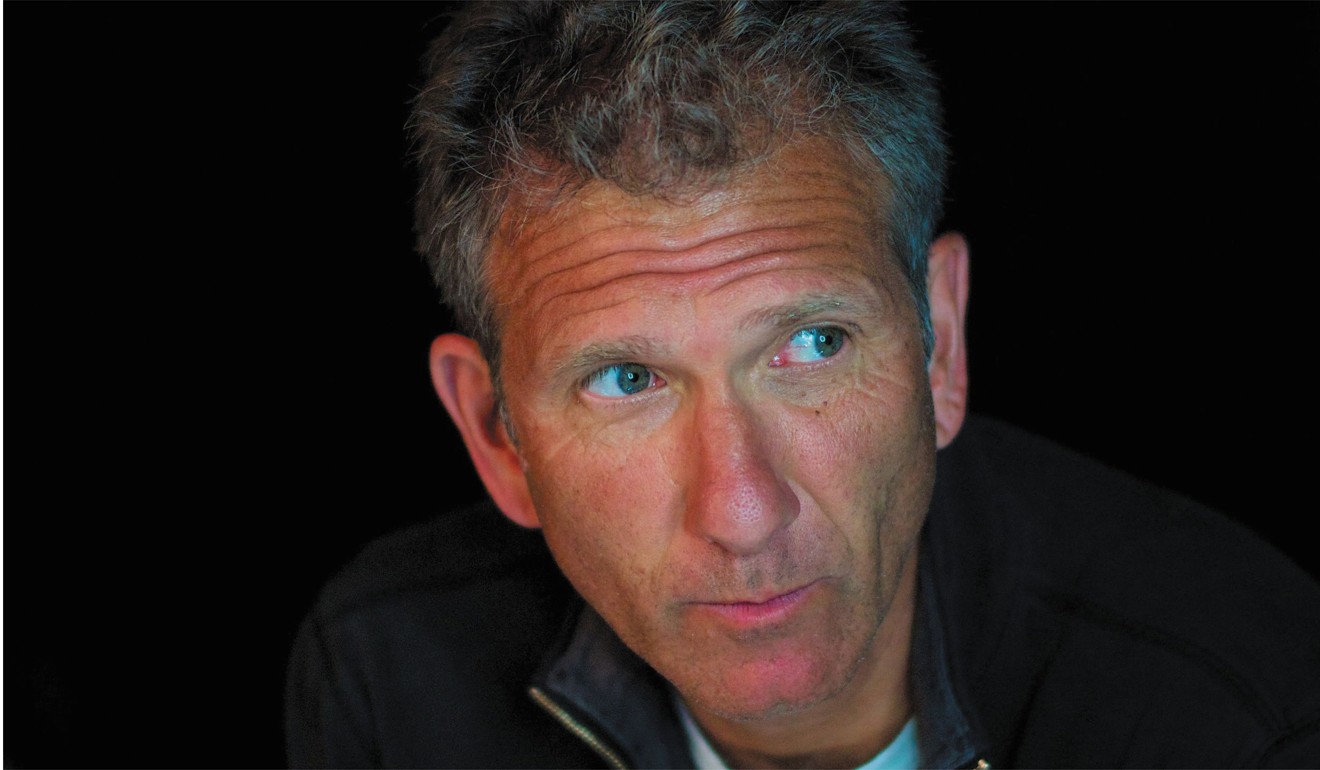
Manser assured his Western friends that he was holding up all right, and when last heard from, in the spring of 2000, he was supposed to be going mountain climbing with his Penan friends. Then he disappeared. Search parties looked all over, but no trace of Manser has ever been found.
Palmieri, a garrulous Californian now in his 70s, loves stuff, too – especially works of art made by the Dayak, the Penan and their forebears. Hoffman portrays Palmieri as a beloved figure in Borneo, but he suffers by comparison with the saintly Manser. Nor do Palmieri’s business practices do him much credit.
Another dealer told Hoffman why he refused to emulate Palmieri: “I would be buying the family china, the family heirlooms and, morally and ethically, I just couldn’t do it.” Palmieri – and Hoffman with him – boasts of the fact that one of his finds now stands in a museum at Yale.
Kuching, the capital of Malaysian Borneo, has been playing host to a world-music festival for two decades. Has it ever occurred to Palmieri that Kuching might also make a good site for a museum of indigenous art? One where the Dayak and Penan could join tourists in appreciating their patrimony, and that he could contribute his know how – not to mention some of his artefacts and profits – to such a project? If so, Hoffman fails to mention it.
How the woman who was history’s greatest pirate became a children’s story
While reading The Last Wild Men of Borneo, then, you might find yourself rushing through the chapters on Palmieri to get back to the adventures of Manser. His is quite a story – exciting, funny and tragic – and Hoffman tells it extraordinarily well.
And if Manser died still thinking he had wasted his years in Borneo, he was wrong. He is survived by the Bruno Manser Fund, which carries on his defence of tropical rainforests and their first people.

